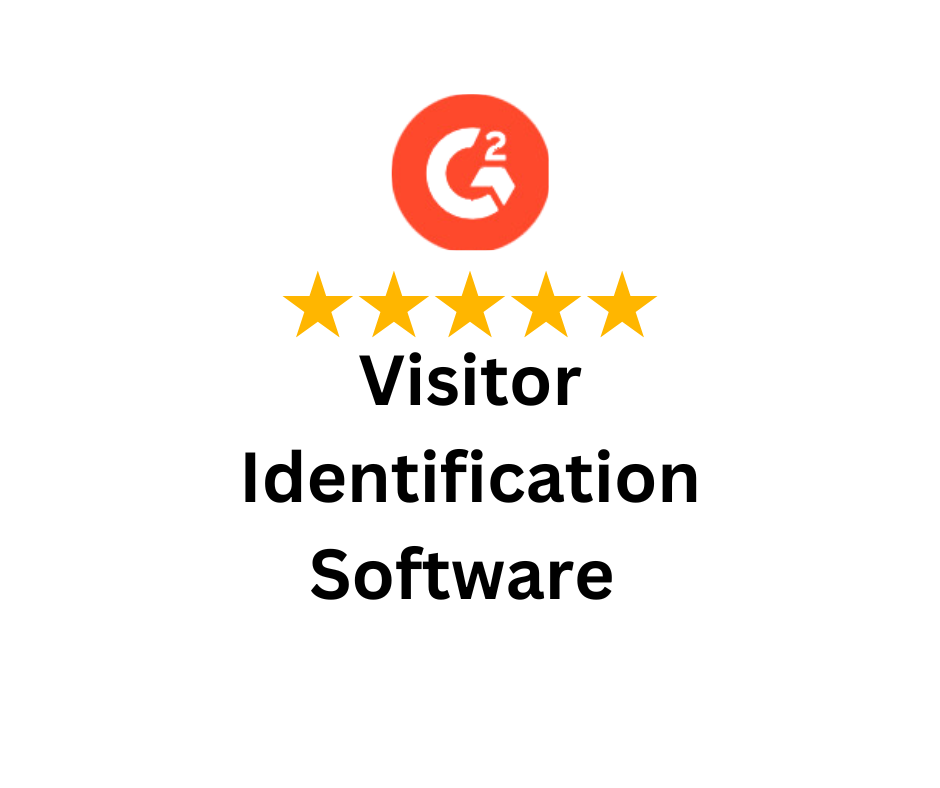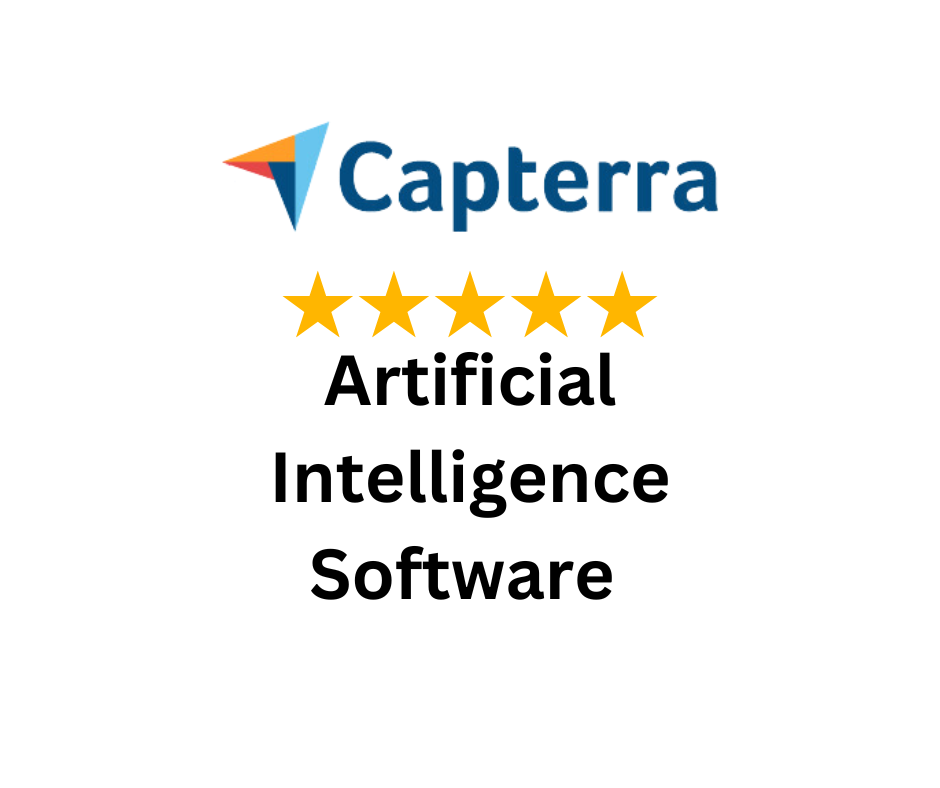In today’s hyper-competitive digital world, building an effective lead generation funnel is no longer optional but essential.
This funnel turns curious visitors into qualified leads, and eventually, into paying customers.
We’ve mastered the process, optimized every stage, and built reliable systems that help businesses grow consistently. Below, we detail how to construct a high-performance funnel from scratch.
A lead generation funnel typically includes four primary stages: Awareness, Interest, Decision, and Action. Each of the lead generation funnel stages has a clear objective and demands tailored strategies to drive prospects toward conversion.
Let’s have a deeper dive into the steps:
Awareness is the stage where your potential customers first discover your brand.

Not all traffic is relevant. Therefore, you need to know your target audience. An AI tool that helps you perform A/B testing will help you identify not only your target audience, but also in identifying which ads are performing the best, that is, helping with higher conversions.
A competitive ads optimizer tool uses low-cost keywords and crawls SERPs to get you relevant traffic that converts.
Pro Tip: Use a mix of search intent and interest-based targeting to widen your lead generation funnel without wasting spend.
Once users are well aware of your brand, it’s time to pull them in further.

For landing pages to push your leads to the next level of the sales funnel, they need to have relevant CTAs. A reliable AI tool that helps you create customized user-segment-based nudges will push conversions without seeming forceful.
Tip: Optimize for clarity—each asset must speak directly to the user’s pain point and offer value upfront.
At this point, your lead is aware and interested. Now, they’re evaluating on making a decision.
Tip: Humanize your brand. Case studies and genuine client quotes elevate trust far more than features alone.
This is the final moment that leads to conversions, so ensure that your CTA is precise and compelling.
Important: Now that you’ve followed all the lead generation funnel stages, always follow-up. Most conversions happen through persistent, respectful, and timely outreach.
Creating a lead generation funnel is more than setting up tools. The assets within each stage must be sharp and purposeful.
Note: These assets should be value-first. They’re often the most crucial conversion trigger in your funnel.
Note: Speed matters. Aim for sub-2-second load times.
A simple, proven email sequence might include:
Tip: Use subject lines that spark curiosity, and avoid robotic language that might not make your leads feel connected in any way. Real, conversational tone always wins.
Using automated lead scoring or qualification forms, segment leads into:
Send MQLs through nurturing flows and pass SQLs directly to your sales team. This alignment improves close rates and keeps sales focused on high-value opportunities.
Tip: Track everything weekly. Funnel health is dynamic and never a static setup.
Note: Remember that each error chips away at conversions. Simplify, personalize, and test everything.
A lead generation funnel isn’t a one-time setup—it evolves. As market behavior changes and your product matures, so should your funnel. Test landing pages, refresh lead magnets, revamp ad copy, and update email flows regularly as needed.
With a well-optimized lead generation funnel, businesses create a sustainable system that attracts, nurtures, and converts high-quality leads at scale.
Empowering businesses to optimize their conversion funnels with AI-driven insights and automation. Turn traffic into sales with our advanced attribution platform.

